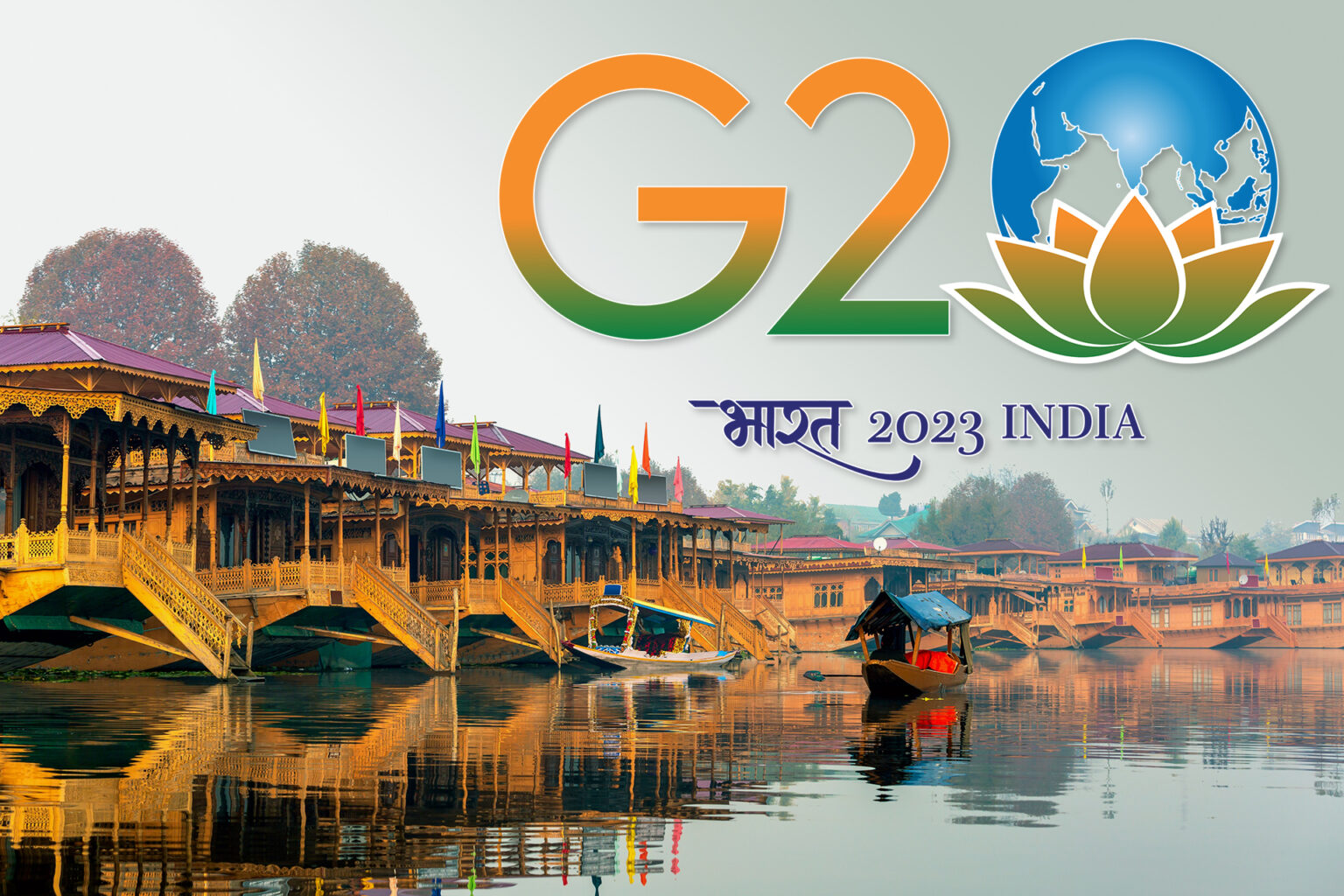Bhumika Kesharwani*
Jammu & Kashmir is experiencing unprecedented development after the revocation of Articles 370 and 35A of the Indian Constitution, which had earlier granted the region a special constitutional status. A decade ago while analyzing the development scenario in Jammu & Kashmir, the Planning Commission (now NITI Aayog) lamented the slow growth in the region and attributed it to various socio-politico-economic factors such as climate of armed militancy, low productivity in agriculture & allied sectors and poor industrial infrastructure. The low investment has left the industrial sector in its infant stage hence, there has not been a suitable strategy for the potential sectors to achieve higher economic growth due to the lack of good governance and sound fiscal management, which has been responsible for the poor economic growth of the region.
It appears that since 2019, the central government under Prime Minister Narendra Modi has been successful in tackling the issues and challenges outlined by NITI Aayog regarding the lack of socio-politico-economic development in Jammu & Kashmir. During the past five years, the union territory of Jammu & Kashmir has been marching on the path of development as a result of central government initiatives, which included various development schemes executed under the Prime Minister Development Package (PMDP) focusing on individual beneficiaries and reviving long pending projects lying dormant for several decades by removing the obstacles through ensuring effective and transparent administration. Both the Central government and the Jammu & Kashmir government have been leveraging modern and advanced technologies to provide skillsets and benefits to the local population in the field of information technology (IT). Several key procedures have been framed such as providing a “subsidy on rent” to the outside investors building two large-sized IT parks (spread over half a million square feet) one each in Jammu and Srinagar. Among some other initiatives, the Jammu & Kashmir administration released a real-estate policy equipped with a transparent bidding process to disburse government–created “land banks” to private developers. Therefore, an all-round developmental approach adopted by the Jammu & Kashmir government has a special focus on infrastructure development including the manufacturing of new buildings, roads, highways, bridges and railways networks.
To ensure growth in the Kashmir valley at par with the other states of the country, almost all the projects across various sectors that were ignored during the past political regimes, have been infused with the new life. In 2015, a huge package of INR 800 billion was allocated by the Modi government to the state government for initiating various development projects. Prime Minister Modi has expressed his heartfelt desire that the J&K government would utilize this grant for the welfare of local people and convert Jammu & Kashmir into a modern, prosperous, and progressive region. At the time of allocating the grant, Prime Minister Modi had stated that “Not only our treasury, but our heart also beats for the people of Kashmir”. In the first four years (2015-2019), however, Jammu & Kashmir government could spend only 37 percent of the huge financial package, under which several development works were to be completed by the end of 2020. According to the official figures only 18 projects out of a total of 63 projects could be completed with the help of INR 300.49 billion that was released on 31st March 2019 for various developmental projects. The parliamentary panel had expressed dismay over the slow pace of work to utilize the central government package for developmental works. Indeed, Kashmir-based local politicians misled the common people with slogans like self-rule and autonomy despite remaining in power for nearly 70 years.
To conclude, the revocation of Articles 370 and 35A has ushered in a new era of peace and development in the newly formed union territory of Jammu & Kashmir. After decades of stagnation and turmoil, the region is finally witnessing progress across multiple sectors. The Modi government’s massive INR 800 billion financial package and renewed focus on transparency, good governance and effective implementation of projects are bearing fruit. Key initiatives like developing IT parks, a transparent real estate policy, improving road connectivity and reviving stalled projects have put Jammu & Kashmir on the path to becoming a “modern, prosperous and progressive” region – in line with Prime Minister Modi’s vision of Naya Kashmir. The path ahead, however, requires sustained commitment to good governance, security, and inclusive growth. The people of Jammu & Kashmir deserve the opportunities and prosperity that were denied to them for too long by regressive politics and conflict. With the right vision and wholehearted support, the dream of “Naya Kashmir” as a modern, progressive region can be realized.
*Guru Ghasidas Vishwavidyalaya, Bilaspur


Leave a Reply